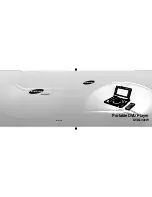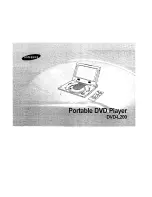
Operation (continued)
30
1.
Inspect the entire fuel system.
Look for:
Signs of leaks or deterioration, chafed or
spongy fuel hose, loose connections, loose or missing fuel hose clamps, a damaged
gasoline tank, or a defective gasoline shut-off valve.
2.
If you are using propane, check for leaks after opening the propane tank valve:
a)
Leak test method. Test for leaks on a regular basis by applying a soap and water
solution over pipes, hoses, and connections. Soap bubbles will form if there is a
leak. Use this method to test after each reconnection to propane supply (for
example, after moving the generator), and on a regular basis thereafter. This
method will help you detect small leaks.
b)
Beware of propane odor. Propane has an odorant added (rotten egg/sulfur smell)
that will aid in the detection of more dangerous quantities of leaking gas.
Note: Propane is heavier than air and tends to settle in low areas. Smell next to
the floor for gas.
If you smell gas, DO NOT start the engine. DO NOT light a match. DO NOT flip on an
electrical switch. If possible, shut off propane fuel supply. Exit the area immediately and
call propane supplier or fire department.
Personal
protection
1.
Hearing can be damaged from prolonged, close-range exposure to the type of noise
produced by this generator.
The use of ear plugs or other hearing protection
device is recommended
for persons working within 15-20 feet of the running
generator for an extended period of time.
2.
Loose or dangling apparel can become entangled in moving parts. Metal jewelry can
conduct electricity. Never wear jewelry or loose-fitting clothing when starting or
operating the generator.
















































